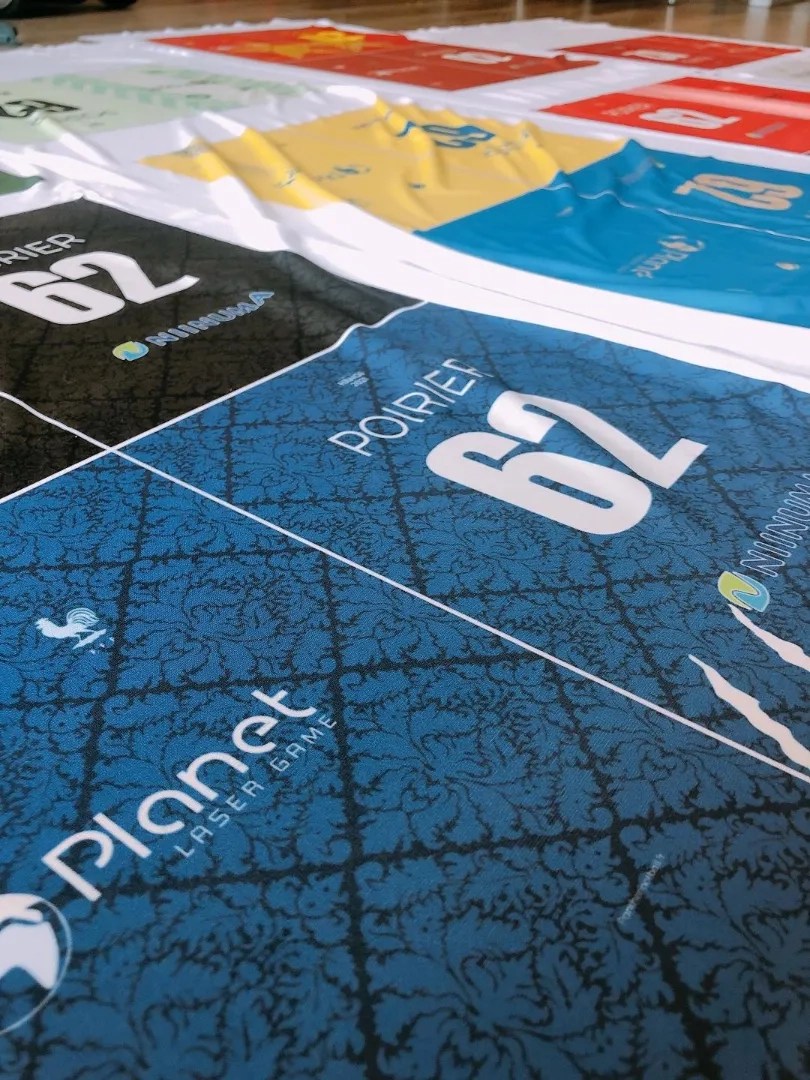

Panther: When Style and Performance Meet Sportswear
The Story Behind "Short-Lived" Uniforms
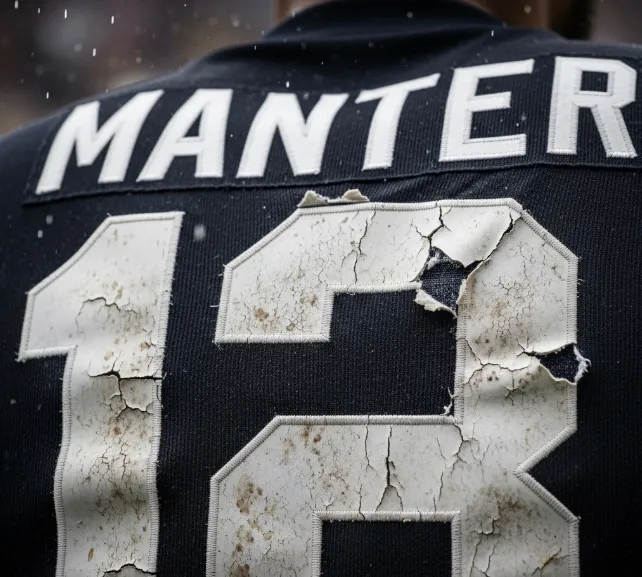
Last week, a message from Minh, the captain of an amateur football club in Hanoi, sparked deep reflection among industry insiders. Attached were photos of a uniform purchased just four months ago, yet it looked as though it had been worn for a year. The navy blue had faded to a pale gray, the team logo was peeling off in patches, and the jersey numbers appeared as if clawed by a cat.
"Sir, I don’t get why this keeps happening every time we buy uniforms. This is the third time in two years," Minh lamented during a consultation call.
Minh’s story is far from unique. According to sportswear industry experts, this is a widespread issue faced by hundreds of teams. Amateur football clubs, from corporate to school teams, encounter the same problem: sports uniforms that seem sturdy when new but turn shabby after just a few months of regular use, undermining the appeal of custom sportswear.
What’s the Real Issue?
Many assume the problem lies in the fabric quality—often blaming "cheap Chinese materials" or "thin, flimsy cloth." However, the root cause is actually the printing technology, which fails to meet the demands of professional sportswear.
Most sports uniform suppliers in Vietnam still rely on traditional printing methods like silk-screening or vinyl decals. These techniques are cost-effective and straightforward but have critical flaws when applied to sports uniforms designed for performance sports.
When athletes take to the field in harsh weather—be it 40°C heat in Saigon or relentless rain in Hanoi—these printed layers quickly deteriorate. Sweat, friction, and frequent washing cause them to peel, fade, and lose their original appeal.
This doesn’t just affect aesthetics; it impacts players’ morale and the team's performance. Some women’s teams have even refused post-match photos due to embarrassment over their uniforms’ condition. This is clear evidence that uniforms are more than just clothing—they embody pride and confidence for every athlete.
When Old Technology Meets New Demands
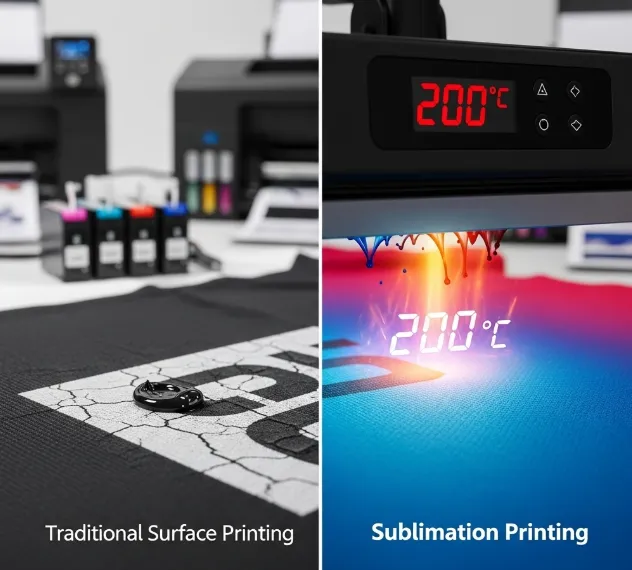
At a recent international printing technology exhibition, sublimation printing drew significant attention. While not entirely new—having been used since the 1950s—its integration with modern digital printers has led to remarkable advancements in creating durable custom sportswear.
The key difference lies in how the ink interacts with the fabric. Unlike traditional methods where ink sits on the surface, sublimation ink penetrates deep into the fabric fibers. This process occurs at high temperatures, where the ink transitions directly from solid to gas, embedding into the molecular structure of polyester fabric. As it cools, the ink solidifies, fully bonding with the material.
It sounds complex, but the results are impressive. Uniforms printed with this technology retain vibrant colors and sharp details even after hundreds of washes, enduring the toughest conditions typical of performance sports.
A Game-Changing Story
Back to Minh: after diving into the issue, experts suggested he try sublimation printing for his team’s next uniform order. Initially, he hesitated due to the 40-50% higher cost compared to traditional methods.
"Man, this price is steep. We’d need to chip in extra cash, and I’m not sure the team will agree," Minh worried.
After being advised to consider long-term costs, Minh saw the bigger picture. A traditional uniform costing 300,000 VND needs replacing every six months, totaling 600,000 VND per year. In contrast, a sublimation-printed uniform at 450,000 VND lasts at least two years while maintaining quality.
Ultimately, Minh convinced his teammates to invest in the new uniforms. The results didn’t disappoint.
After 15 months of regular matches, the uniforms still looked as vibrant as day one. The team logo remained crisp, and the numbers showed no signs of peeling. More importantly, the fabric’s moisture-wicking and breathability were significantly improved, keeping players comfortable throughout 90-minute games and boosting the team's performance.
"Now we get the meaning of ‘you get what you pay for,’" Minh shared during a recent meet-up. "More than that, the team feels way more confident on the field. Some opposing teams even asked where we got our uniforms made."
Sky-High Benefits of New Technology
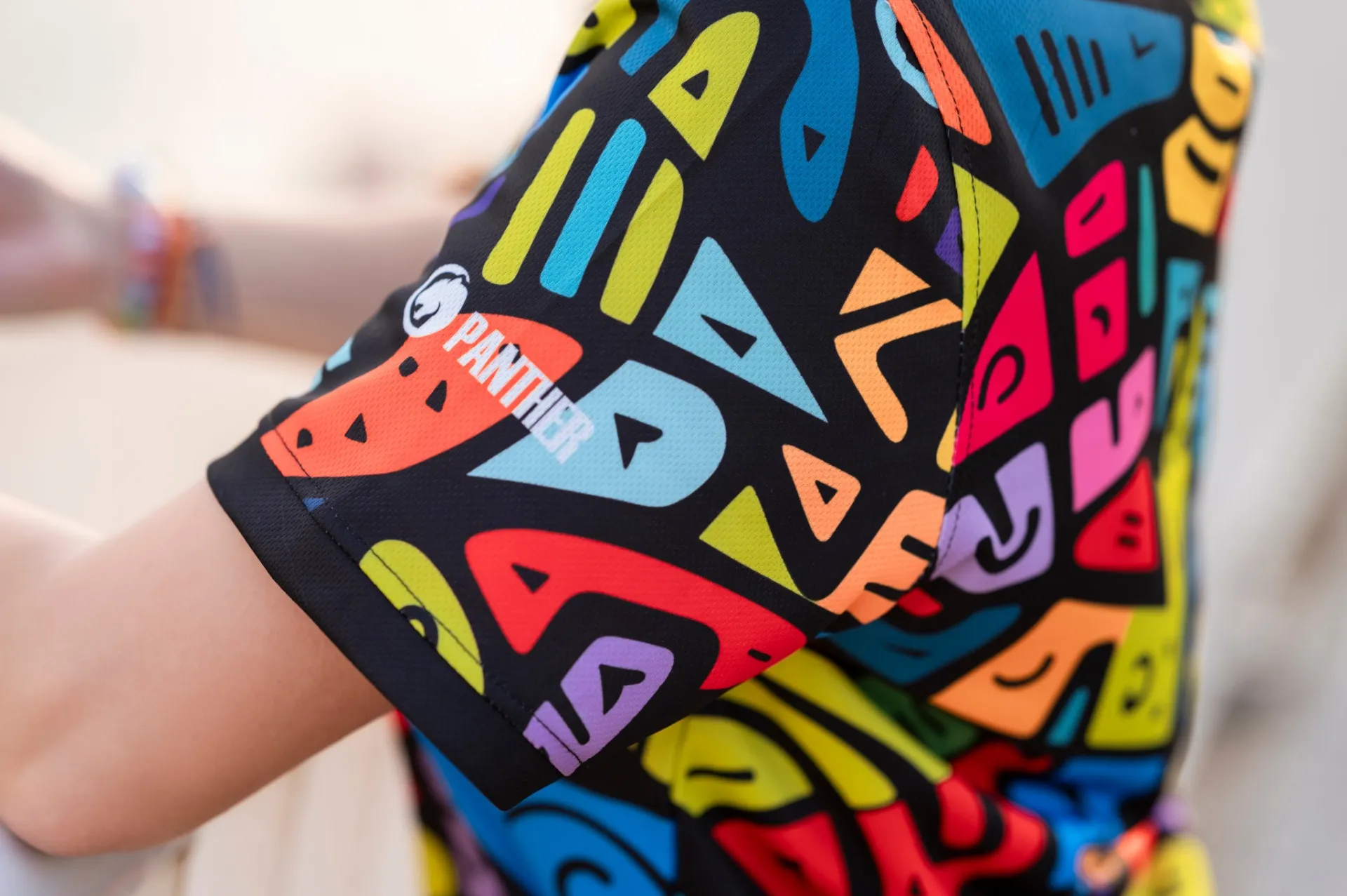
Industry experts note that sublimation printing offers benefits far beyond initial expectations for professional sportswear.
First, image quality. While traditional silk-screening can only reproduce 4-6 basic colors, this technology can render millions of colors with pixel-level precision. This enables complex designs, smooth gradients, and special effects previously unachievable.
Second, production flexibility. Unlike silk-screening, which requires creating a mold for each color (incurring high upfront costs), sublimation printing can produce anything from a single unit to thousands without changing the process. This is especially valuable for small teams or orders requiring high customization.
Third, and perhaps most critical for athletes, is enhanced performance. Since the ink bonds with the fabric rather than forming a surface layer, the material’s moisture-wicking and breathability remain intact. Players no longer feel stifled or uncomfortable, as they might with traditionally printed uniforms.
Challenges and Solutions
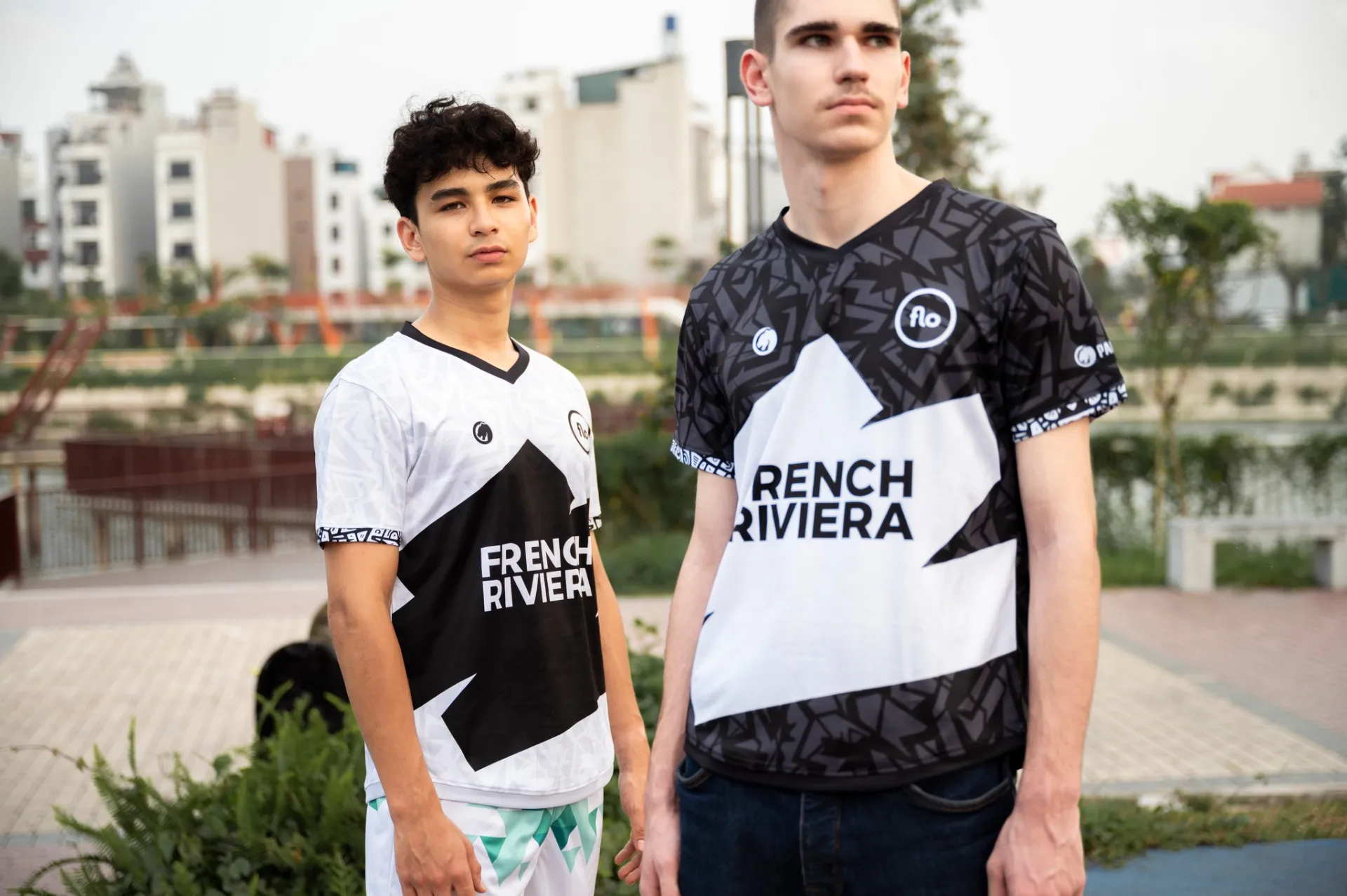
Of course, no technology is perfect. Sublimation printing has its limitations.
The biggest constraint is fabric type. It performs best on polyester or polyester-blend materials. This initially raises concerns for some customers, who assume polyester is "less breathable" than cotton.
In reality, this is an outdated misconception. Modern polyester, especially those designed for sports, outperforms cotton in moisture management. It wicks sweat from the skin to the outer surface for quick evaporation, keeping the body dry and comfortable.
Another challenge is the higher upfront cost. However, as Minh’s story demonstrates, when viewed long-term, it’s a smart investment. Instead of replacing uniforms every six months, teams can use the same set for 2-3 years while maintaining quality.
The Future of Sports Uniforms
Looking ahead, experts believe sublimation printing will become the industry standard for sports uniforms. The growing trend of personalization, especially among younger generations, demands flexible, high-quality solutions.
Emerging technologies promise even greater leaps. We may soon see uniforms with integrated health-monitoring sensors, fabrics that change color based on body temperature, or even self-cleaning materials.
But no matter how technology evolves, one principle remains unchanged: investing in quality upfront is always smarter than cutting costs and facing consequences later.
From Problem to Solution: A Team's Transformation Story
Minh and his team’s story is a vivid testament to how the right decision can transform a team’s experience. From "short-lived" uniforms that caused stress and expense, they now have durable, vibrant kits that instill pride and confidence in every player.
In an era where image and quality matter more than ever, choosing the right technology isn’t just a financial decision—it impacts team spirit and the team's performance.
If you’re facing issues like Minh once did, it might be time to consider a long-term solution. After all, investing in quality today is the best way to save for the future.
Are you interested in upgrading your team’s uniforms? We’re ready to share our expertise and offer tailored solutions to meet your needs. Reach out for dedicated support.


